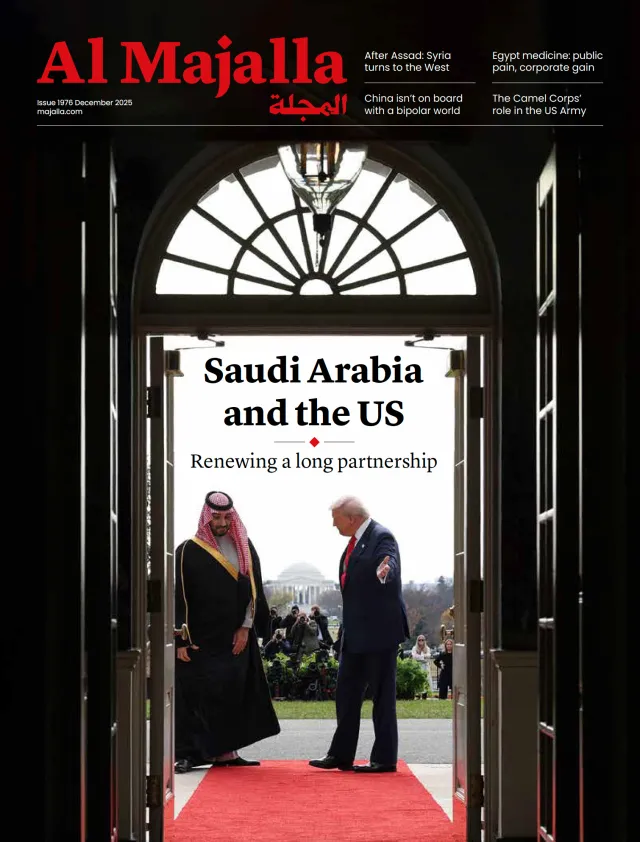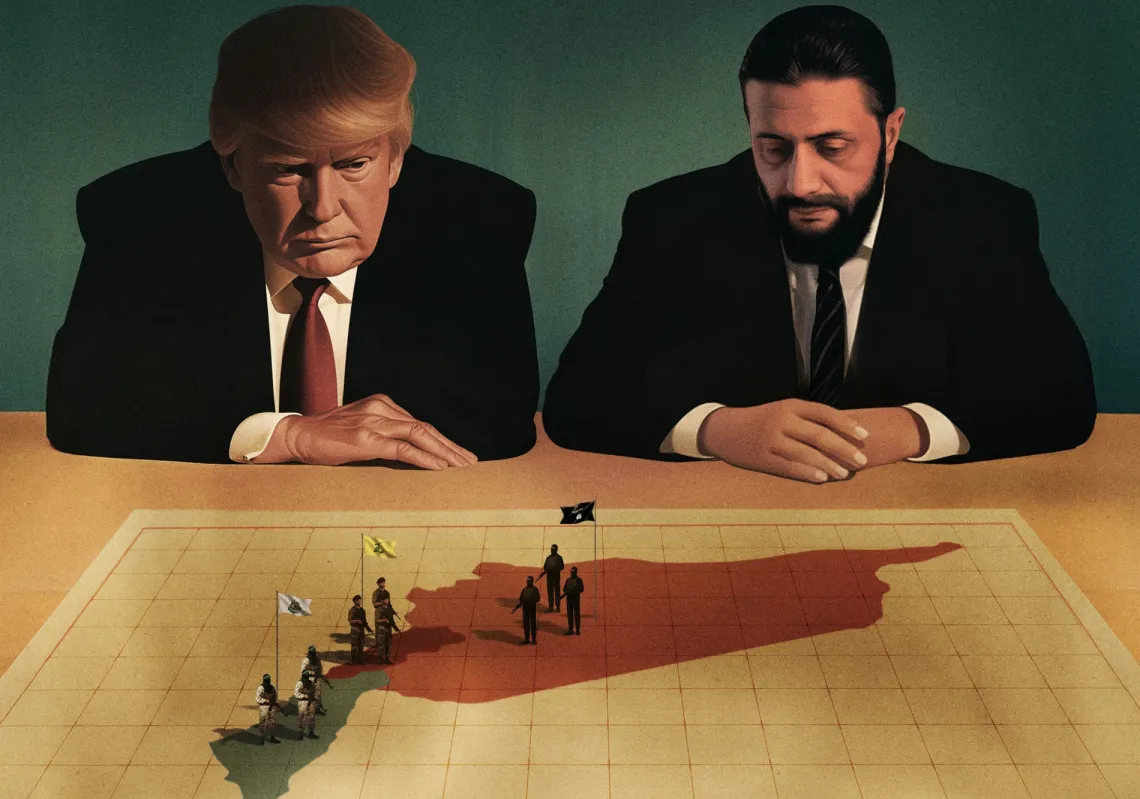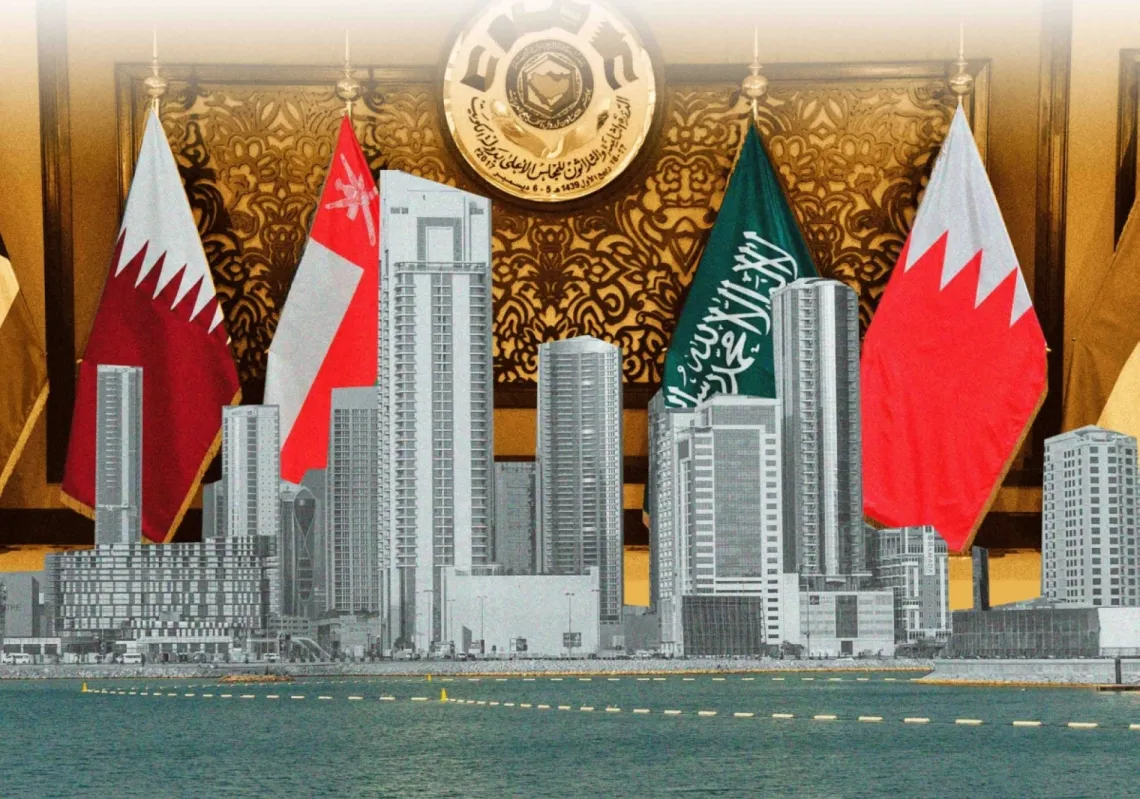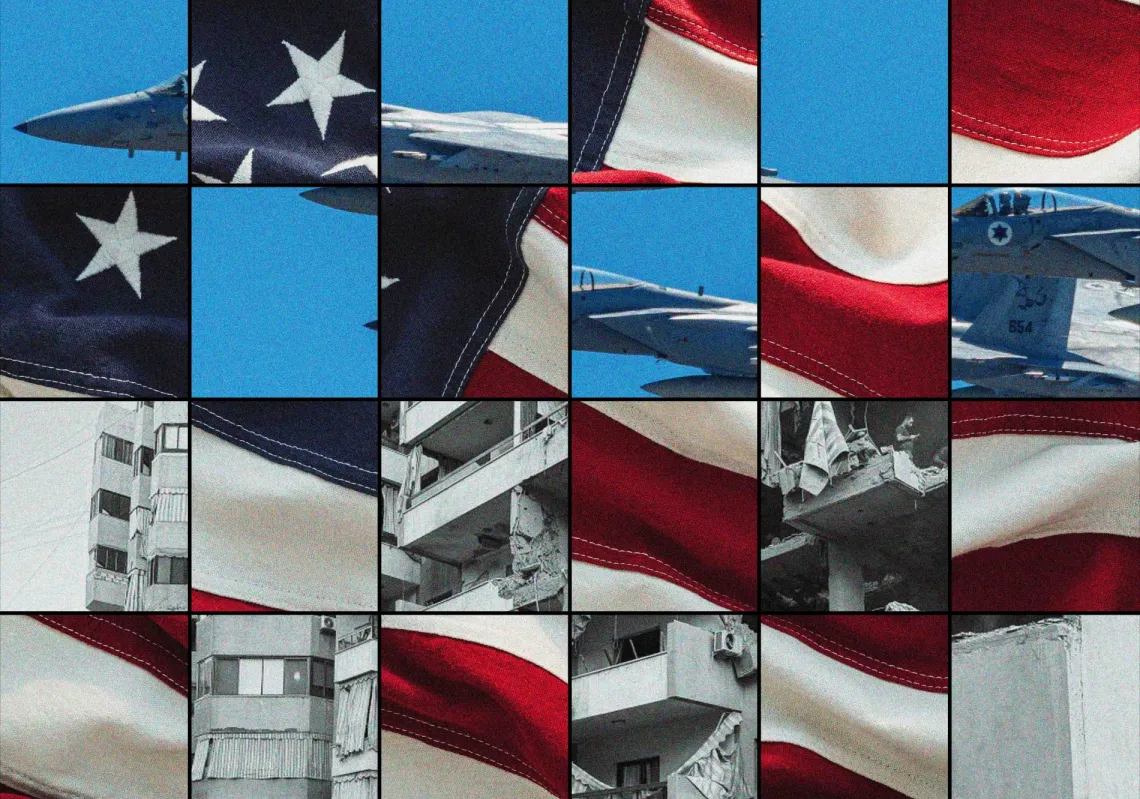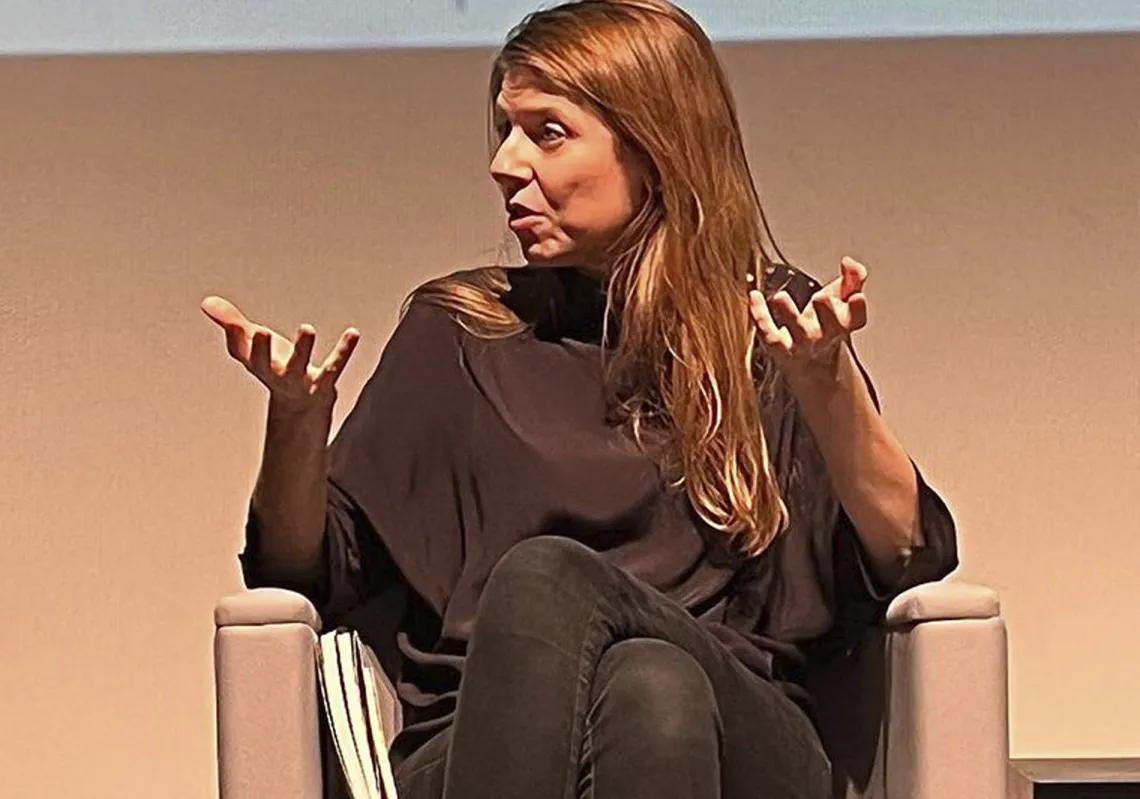The Middle East and North Africa are riddled with civil and proxy wars that have broken states, devastated economies, and displaced millions. The cost of reconstruction in monetary terms alone is staggering—estimated at almost three-quarters of a trillion dollars; the political challenges in terms of ending wars, standing up functioning states, and creating the regional environment that can prevent future breakdowns and sustain reconstruction are also enormous.
The last few decades have not been kind to the region. Lebanon collapsed into civil war in 1975 and recovered in 1990; it had a run at reconstruction in the 1990s but has been dragged into repeated war with Israel since then as a result of Iran’s proxy presence through Hezbollah in Lebanon. After the latest war with Israel—which is still ongoing—reconstruction needs in Lebanon stand at over $11bn.
Yemen has been in and out of civil war since the 1960s and is currently in an unstable political stalemate. If and when a resolution to the war is worked out, reconstruction cost estimates stand at over $25bn.
Syria tore itself apart after the uprising of 2011, reducing this once lower-middle-income country into one of the poorest in the region. A new order is emerging in Damascus. If it succeeds in rebuilding a unified and functioning Syrian state, its reconstruction needs could amount to $400bn.
Iraq underwent various ravages: the long war with Iran in the 1980s, a decade of biting sanctions, followed by the US-led invasion and toppling of the regime in 2003. The overall reconstruction needs in Iraq are hard to calculate, but the costs of reconstruction just from the war with the Islamic State (IS) in 2015 were estimated at the time at $88bn.
In Palestine, the wars between Hamas and Israel have taken a repeated toll. But nothing to compare to Israel's utter devastation of Gaza following the October 7 2023, Hamas attack. Reconstruction costs in Gaza are estimated at over $50bn.
Moving further west, Sudan itself has been in an on-and-off civil war for decades, which has devastated large parts of the west and south of the country. The recent eruption of conflict between the Sudanese army and the Rapid Support Forces has brought new devastation to much of the country, displaced millions, and generated estimated reconstruction costs of over $12bn.

Libya, like Syria, collapsed in the aftermath of the Arab uprisings of 2011. The long civil war is still not at an end and has ravaged various parts of the country. Reconstruction costs there could be well over $100bn.
This sketch—which highlights just the numbers associated with potential reconstruction costs—doesn't capture the multiple layers of devastation that these civil and proxy wars caused in these societies.
In addition to the calculable destruction of urban and rural housing and businesses, and once-functioning infrastructure, what is lost also and requires reconstruction is the social fabric and trust that is torn apart, the political and public management institutions that are no longer, and the personal and collective trauma that people will carry with them for decades to come.
For all of these societies, the path to overall reconstruction, if and when they start on it, will take many decades to come—indeed, perhaps much of the rest of the 21st century.
Interconnected impacts
The place to start, of course, is ending the ongoing conflict in each case, finding a war-ending and peace-sustaining political arrangement, and then putting these countries on the path to reconstruction.
To understand the overall conditions that have generated so many failed states, it is important to note the regional and international conditions that have, in many ways, generated and/or sustained these conflicts—and hence the regional and international conditions that would be favourable to ending them and maintaining an effective recovery and reconstruction.
The regional factors are perhaps the most dominant. At least two main conflict systems have generated failed states: proxy wars and civil wars. The first is the Israeli-Palestinian conflict, which has been ongoing for the past century, and that evolved into an Israeli-Arab conflict over decades, and eventually an Israeli-Iranian conflict.

The effects of this conflict were accentuated over the past year and a half with the great escalation that took effect after the attacks of October 2023. The conflict impacted Israel powerfully in October, but then led to devastation in Gaza, a Hezbollah-Israel war in Lebanon, and escalation of attacks involving Syria, Yemen and Iran itself.
It should be fairly obvious that finally finding a resolution to the Israel-Palestine conflict is one of the keys to building a more stable region and giving currently broken states a chance at finding a path to recovery. While a resolution to the conflict might seem more remote than ever today, the urgency is also higher than ever.
The Trump administration is intent on achieving a US-Saudi-Israel deal that would include normalisation between Saudi Arabia and Israel; for that to happen, Israel would need to provide concessions to the Palestinians to satisfy Saudi demands.
Those concessions are not likely to come close to an actual sovereign state but might be enough for the Palestinian Authority to accept, and for other Arab and Islamic states to support and join in peace and normalisation as well. It is a narrow pathway, but it might just provide the conditions to turn the corner to a more peaceful Israeli-Palestinian-Arab-Muslim relationship. The Saudi role in this will be pivotal.
The other major conflict system is with Iran. Much of Iran’s conflict is focused on Israel, and many of its proxies are set in a position to inflict harm or cost on Israel. Unlike many Arab countries, the Islamic Republic of Iran is not likely to change its policy or strategy as a result of a Saudi-Israeli breakthrough or limited concessions to Palestinians.
Iran’s case against Israel is more strategic, as it sees Israel not only as a threat in itself, but as a proxy for the United States. And in trying to counterbalance both Israel and the United States, Iran has built proxy or allied militias in various Arab countries, including Lebanon, Palestine, Yemen, Iraq and Syria. It is unlikely to abandon these investments or allies easily. Indeed, Iran’s allied militia network is a primary reason that countries like Lebanon, Iraq, Yemen and—even with the new order in Damascus—Syria, find it very difficult for national institutions to regain state sovereignty.
Saudi Arabia, the UAE, and other GCC states have already de-escalated tensions with Iran and have normalised their relations, and this has contributed to reducing tensions in some countries in the region. But the conflict between Israel and Iran has only gotten more intense over the past year and a half, and the risk of all-out war between the two remains high.

The US has resumed its maximum pressure campaign on Iran, but Trump has made it clear that his goal is to achieve a transformative agreement with Iran. If such a deal with Iran can be achieved—and this might not be likely, given the leanings of the current supreme leader and the IRGC—but if it can be achieved, then the region could enter a more auspicious era. Lebanon, Syria, Iraq, and Yemen would have one major obstacle out of the way. Palestinians might also find it easier to rebuild national unity and have a united political front in their negotiations with Israel.
Trump has already given Saudi Arabia a central role in mediating between the US and Russia. Given the entrenched and ideological positions in both Tehran and Washington, Riyadh might play a central role in helping the US and Iran arrive at a transformative deal that, at the end of the day, is in both their countries’ interests.
Path forward
Creating a more stable and cooperative Middle East region will open the door for ending the various civil and proxy wars. Although each case is complex and different—between Yemen, Syria, Sudan, Libya, Palestine, Lebanon and Iraq—rebuilding stability and state sovereignty in all those cases will be much aided by a more stable regional order in which key regional players can help bring conflicts to an end, rather than fuel their escalation and continuation.
Of course, the international role in all of this is important as well. But strong cooperative leadership from within the region, especially from within the GCC, will help manage the capacities and competitions of global powers—such as the US, China, Russia and Europe—in ways that feed into a more stable region, rather than feed ongoing regional and civil wars.
In each of the country cases, the course of reconstruction cannot be embarked on until the complex political process of ending the conflict and creating a sustainable new political order has been put in place. In Yemen, part of the conflict is fuelled by Iran’s proxy presence, but ending the war there will require not only regional de-escalation but also intense intra-Yemeni negotiations to agree on a new political order that can sustain a Yemeni state.
In Syria, the new president has to square competing regional and international interests, but also faces the daunting task of weaving back together the divided Syrian polity after years of war; whether President Ahmed al-Sharaa will succeed in this task well enough to be able to move on toward reconstruction is hard to say at this point.

In Gaza, the ending of the war hangs partly on the decisions of Israel and Hamas, but it will also be much influenced by American and Saudi diplomacy to get Israel to pivot toward a diplomatic track. That would enable the US-Saudi-Israeli breakthrough, and in the process create ameliorated conditions for Palestinians in Gaza and, at least, parts of the West Bank as well.
The wars in Sudan and Libya also have major regional components in addition to the domestic disputes. A more integrated and cooperative region—in which the key countries are working to end conflicts not to sustain them would give both Sudan and Libya a much better chance to rebuild national unity and functioning state institutions and hence be ready to move toward reconstruction.
In Lebanon and Iraq, a state—albeit weak and less than sovereign—exists, but faces internal challenges from Iranian-backed militias, and external threats from being dragged into the Iranian-Israeli confrontation. Defusing the latter will help both Iraq and Lebanon move forward.
If and when these various conflict countries arrive at the point of reconstruction, it should be clear that the financial sums required for direct and large-scale reconstruction are unavailable. The US-led post-World War II international world order that created the Marshall Plan for Europe and oversaw national and international institutions that stepped forward to finance reconstruction worldwide is largely a thing of the past.
The US under Trump is no longer in the business of reconstructing other countries, and it is weakening the international institutions that it established and oversaw, whose job was to help developing countries end wars and rebuild afterwards.

Europe might be a contributor, but its resources are squeezed between sluggish economies and the spending needs of supporting Ukraine, deterring Russia, and increasing defence spending. China could be a player in terms of participating in large infrastructure and development projects, but it would do so for profit, and is not in the business of providing unilateral reconstruction aid. Russia has limited means, and its concerns are mainly in its near abroad.
This leaves the region's countries, primarily the resource-rich countries of the GCC, as the central players in any regional reconstruction project. And no doubt, the GCC—led by Saudi Arabia—would need to develop their regional reconstruction and aid capacities to make up for the decline of those built up by the US and the West in past decades, if they wish to see these countries emerge from crisis and the region graduate to a more stable and prosperous future.
But even in the GCC, the appetite for giving away money to construct other countries is at a low ebb; in addition to the grant and/or loan money that might be made available, the GCC states—and their companies—will be more interested in looking for opportunities to invest in these post-war economies.
In other words, if and when each country finds an end to conflict, and embarks on the road to recovery and reconstruction, it has to create conditions that render its economy ‘investable’ and not rely solely on requests for grants and loans from abroad. This is not only the case for the GCC, but also for the US, Europe, China, and other potential investors such as those in Türkiye, India, Korea, etc.

